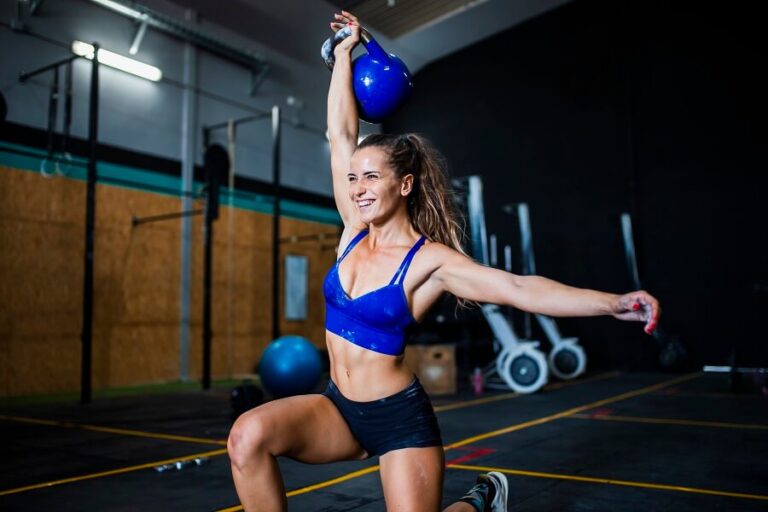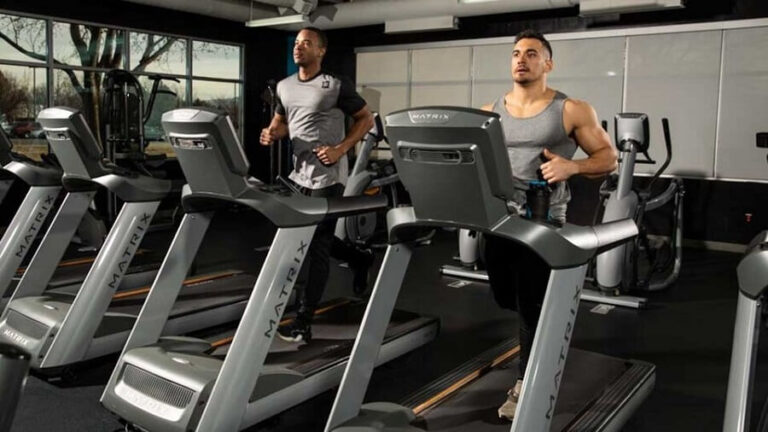According to the creators of the anabolic window theory, after training, there is an opportunity to absorb more nutrients and therefore improve muscle recovery processes.
In particular, some authors claim that it is the ideal time to increase the consumption of proteins and carbohydrates. During the anabolic window, the absorption of certain nutrients is more excellent.
This article presents the scientific evidence that exists today to say yes or no that the metabolic window is a myth.
What is the anabolic window?
By definition, the anabolic window or metabolic window is the period that occurs after 45 minutes – to 2 hours after exercising.
According to the creators of the concept, at this time, there are enough changes in the body to justify an increase in the amount of food.
The reason seems logical: after training, the body transitions from consuming reserves to building tissue.
Unfortunately, scientific evidence has discredited this concept. (3,4,5,6)
Studies have confirmed that it is not important to incorporate more food after training. Rather, emphasis should be placed on the quality and proportion of macronutrients.
// Recommended: Protein shakes after training – do they work?
History of the anabolic window
The myth of the anabolic window emerged about ten years ago when some authors supported the theory that eating more in the anabolic window was an effective strategy for muscle development. (1)
The story of the anabolic window arises with Lyle McDonald and his group of specialists. (6) Lyle believed that to maximize muscle growth processes, it is necessary to focus on eating after training.
According to their studies, the sum of food after training should be about 0.6 – 0.9 g of protein and 0.6-0.9 g of carbohydrates for each kilogram of body weight. That is consumption of approximately 1000 calories.
Further research showed that Lyle’s anabolic window theory was not entirely correct. Although small changes occur in metabolism, the difference in muscle mass gain is not significant. (4,5,6)
Anabolic window A myth?
During the anabolic window period, the metabolism is not accelerated, and there are no significant changes in the basal metabolic rate.
Studies have shown that neither Eating 5 times a day nor eating more after training is an excellent method to increase muscle mass.
Consistency and the proportion of macronutrients are the most important for muscle development. (6)
Consuming more carbohydrates and protein at the end of the exercise routine has minimal muscle development. (3)
Closing the anabolic window is essential to avoid the muscle destruction process. However, it is not the key to bulking or achieving muscle hypertrophy.
For this reason, we can say that the anabolic window is a myth.
Supplements for after training
To close the metabolism, some trainers recommend using gainers or mass gainers. (1) These are carbohydrate and protein-based supplements.
Although they are effective in bulking processes, they can be perfectly supplanted with homemade fruit-based protein shakes—a cheaper strategy.
The branched amino acids BCAA are the most indicated to reduce cortisol levels and avoid the catabolic processes when exercising. While they cannot close the anabolic window, they can prevent muscle loss.
ABSTRACT
The anabolic window concept refers to the time and changes in the body after training.
The theory’s creators claimed that during the anabolic window, a person could absorb a more significant amount of nutrients.
Today it is known that the influence of the anabolic window on muscle growth is minimal.
Eating more after training is not an excellent way to build muscle mass. Making a correct balance in the intake of carbohydrates, proteins, and fats has a more significant effect on muscle development.







